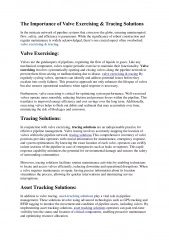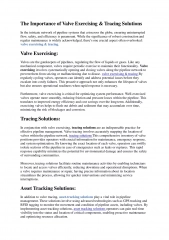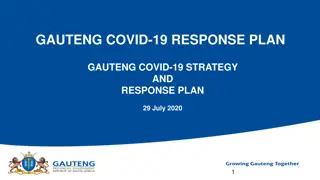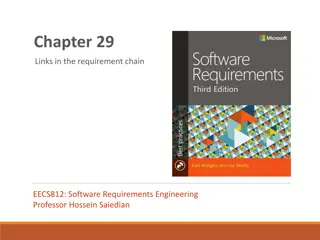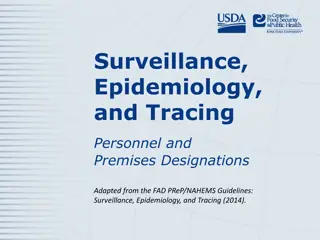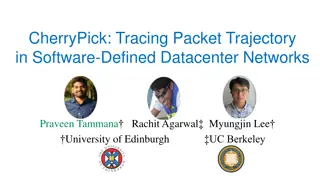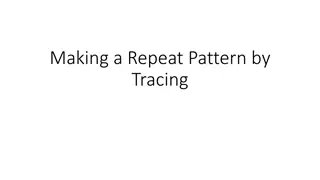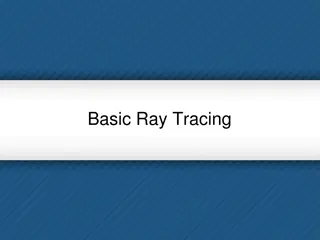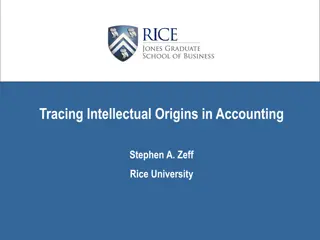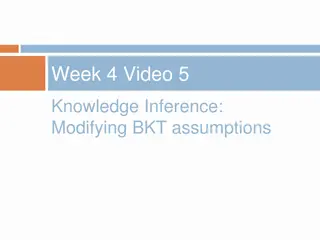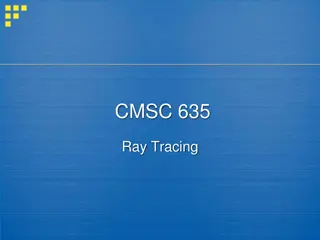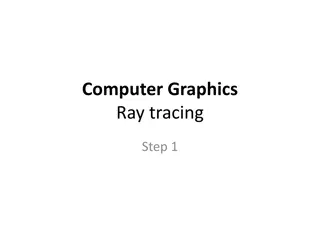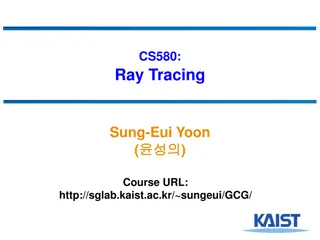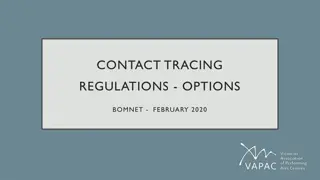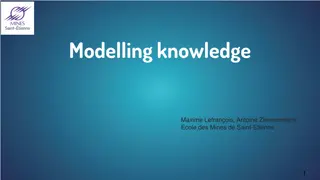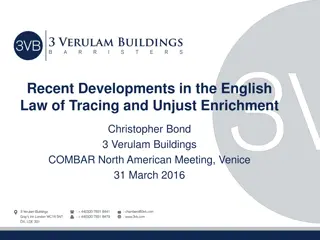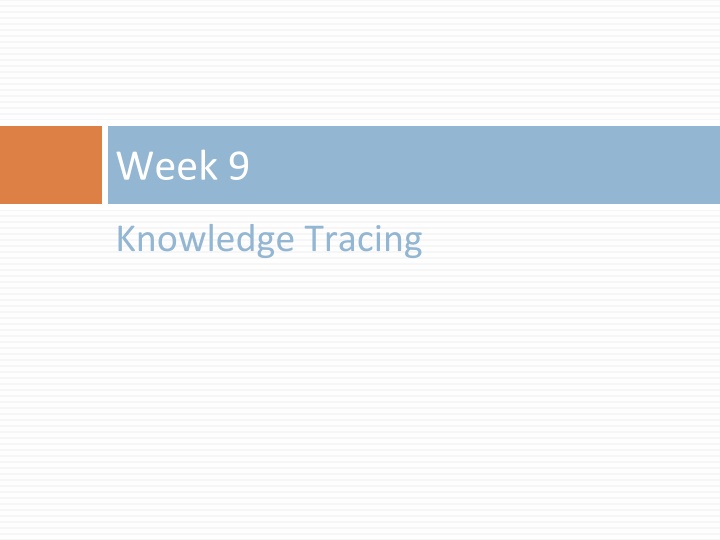
Knowledge Tracing in Educational Data Mining
Explore the concept of Knowledge Tracing in educational settings, focusing on measuring student knowledge components over time using approaches like Bayesian Knowledge Tracing. Learn why it's essential to assess student knowledge, differentiating it from measuring performance, and the challenges in uncovering latent knowledge.
Uploaded on | 1 Views
Download Presentation

Please find below an Image/Link to download the presentation.
The content on the website is provided AS IS for your information and personal use only. It may not be sold, licensed, or shared on other websites without obtaining consent from the author. If you encounter any issues during the download, it is possible that the publisher has removed the file from their server.
You are allowed to download the files provided on this website for personal or commercial use, subject to the condition that they are used lawfully. All files are the property of their respective owners.
The content on the website is provided AS IS for your information and personal use only. It may not be sold, licensed, or shared on other websites without obtaining consent from the author.
E N D
Presentation Transcript
Week 9 Knowledge Tracing
Goal of Knowledge Tracing Measuring what a student knows at a specific time Measuring what relevant knowledge components a student knows at a specific time
Knowledge Component Anything a student can know that is meaningful to the current learning situation Skill Fact Concept Principle Schema http://www.learnlab.org/research/wiki/index.php/Kn owledge_component
Why is it useful to measure student knowledge? Enhancing student knowledge is the primary goal of a lot of education If you can measure it, you know whether you re making it better If you can measure it, you can inform instructors (and other stakeholders) about it If you can measure it, you can make automated pedagogical decisions
Different than measuring performance Inferring if a student s performance right now is associated with successfully demonstrating a skill Not the same as knowing whether the student has a skill, which is not directly observable ? Maybe they appeared to demonstrate skill without having it ( guess ) ? Maybe they appeared to not demonstrate skill despite having it ( slip )
How do we get at latent knowledge? We can t measure it directly We can t look directly into the brain Yet But we can look at performance And we can look at performance over time ? More information than performance at one specific moment
Not trivial This is a research problem with a long history
This week I will cover some of the key approaches for knowledge tracing, within EDM
First Up Bayesian Knowledge Tracing
Bayesian Knowledge Tracing (BKT) The classic approach for measuring tightly defined skill in online learning First proposed by Richard Atkinson Most thoroughly articulated and studied by Albert Corbett and John Anderson
Bayesian Knowledge Tracing (BKT) Been around a long time Still (as of this recording, Fall 2023) the most widely-used knowledge tracing algorithm used at scale Interpretable Predictable Decent performance
The key goal of BKT Measuring how well a student knows a specific skill/knowledge component at a specific time Based on their past history of performance with that skill/KC
Skills should be tightly defined Unlike approaches such as Item Response Theory (later this week) The goal is not to measure overall skill for a broadly-defined construct Such as arithmetic But to measure a specific skill or knowledge component Such as addition of two-digit numbers where no carrying is needed
What is the typical use of BKT? Assess a student s knowledge of skill/KC X Based on a sequence of items that are dichotomously scored E.g. the student can get a score of 0 or 1 on each item Where each item corresponds to a single skill Where the student can learn on each item, due to help, feedback, scaffolding, etc.
Key Assumptions Each item must involve a single latent trait or skill Different from PFA, which we ll talk about next lecture Each skill has four parameters Only the first attempt on each item matters i.e. is included in calculations
Key Assumptions From these parameters, and the pattern of successes and failures the student has had on each relevant skill so far We can compute Latent knowledge P(Ln) The probability P(CORR) that the learner will get the item correct
Key Assumptions Two-state learning model Each skill is either learned or unlearned In problem-solving, the student can learn a skill at each opportunity to apply the skill A student does not forget a skill, once he or she knows it
Model Performance Assumptions If the student knows a skill, there is still some chance the student will slip and make a mistake. If the student does not know a skill, there is still some chance the student will guess correctly.
Classical BKT p(T) Not learned Learned p(L0) p(G) 1-p(S) correct correct Two Learning Parameters p(L0) problem solving. Probability the skill is already known before the first opportunity to use the skill in p(T) Probability the skill will be learned at each opportunity to use the skill. Two Performance Parameters p(G) Probability the student will guess correctly if the skill is not known. p(S) Probability the student will slip (make a mistake) if the skill is known.
Classical BKT p(T) Not learned Learned p(L0) p(G) 1-p(S) correct correct Two Learning Parameters p(L0) problem solving. Probability the skill is already known before the first opportunity to use the skill in p(T) Probability the skill will be learned at each opportunity to use the skill. Two Performance Parameters p(G) Probability the student will guess correctly if the skill is not known. p(S) Probability the student will slip (make a mistake) if the skill is known.
Classical BKT p(T) Not learned Learned p(L0) p(G) 1-p(S) correct correct Two Learning Parameters p(L0) problem solving. Probability the skill is already known before the first opportunity to use the skill in p(T) Probability the skill will be learned at each opportunity to use the skill. Two Performance Parameters p(G) Probability the student will guess correctly if the skill is not known. p(S) Probability the student will slip (make a mistake) if the skill is known.
Classical BKT p(T) Not learned Learned p(L0) p(G) 1-p(S) correct correct Two Learning Parameters p(L0) problem solving. Probability the skill is already known before the first opportunity to use the skill in p(T) Probability the skill will be learned at each opportunity to use the skill. Two Performance Parameters p(G) Probability the student will guess correctly if the skill is not known. p(S) Probability the student will slip (make a mistake) if the skill is known.
Classical BKT p(T) Not learned Learned p(L0) p(G) 1-p(S) correct correct Two Learning Parameters p(L0) problem solving. Probability the skill is already known before the first opportunity to use the skill in p(T) Probability the skill will be learned at each opportunity to use the skill. Two Performance Parameters p(G) Probability the student will guess correctly if the skill is not known. p(S) Probability the student will slip (make a mistake) if the skill is known.
Predicting Current Student Correctness PCORR = P(Ln)*P(~S)+P(~Ln)*P(G)
Bayesian Knowledge Tracing Whenever the student has an opportunity to use a skill The probability that the student knows the skill is updated Using formulas derived from Bayes Theorem.
Example P(L0) = 0.4, P(T) = 0.1, P(S) = 0.3, P(G) = 0.2 Actual P(Ln-1) P(Ln- 1|actual) P(Ln) 0.4
Example P(L0) = 0.4, P(T) = 0.1, P(S) = 0.3, P(G) = 0.2 Actual P(Ln-1) P(Ln-1|actual) P(Ln) (0.4)(0.3) 0 0.4 (0.4)(0.3)+(0.6)(0.8)
Example P(L0) = 0.4, P(T) = 0.1, P(S) = 0.3, P(G) = 0.2 Actual P(Ln-1) P(Ln-1|actual) P(Ln) (0.12) 0 0.4 (0.12)+(0.48)
Example P(L0) = 0.4, P(T) = 0.1, P(S) = 0.3, P(G) = 0.2 Actual P(Ln-1) P(Ln-1|actual) P(Ln) 0 0.4 0.2
Example P(L0) = 0.4, P(T) = 0.1, P(S) = 0.3, P(G) = 0.2 Actual P(Ln-1) P(Ln-1|actual) P(Ln) 0.2+(0.8)(0.1) 0 0.4 0.2
Example P(L0) = 0.4, P(T) = 0.1, P(S) = 0.3, P(G) = 0.2 Actual P(Ln-1) P(Ln-1|actual) P(Ln) 0 0.4 0.2 0.28
Example P(L0) = 0.4, P(T) = 0.1, P(S) = 0.3, P(G) = 0.2 Actual P(Ln-1) P(Ln-1|actual) P(Ln) 0 0.4 0.28 0.2 0.28
Example P(L0) = 0.4, P(T) = 0.1, P(S) = 0.3, P(G) = 0.2 Actual P(Ln-1) P(Ln-1|actual) P(Ln) 0 1 0.4 0.28 0.2 0.28
Example P(L0) = 0.4, P(T) = 0.1, P(S) = 0.3, P(G) = 0.2 Actual P(Ln-1) P(Ln-1|actual) P(Ln) 0 1 0.4 0.28 0.2 0.28 (0.28)(0.7) (0.28)(0.7)+(0.72)(0.2)
Example P(L0) = 0.4, P(T) = 0.1, P(S) = 0.3, P(G) = 0.2 Actual P(Ln-1) P(Ln-1|actual) P(Ln) 0 1 0.4 0.28 0.2 (0.196) 0.28 (0.196)+(0.144)
Example P(L0) = 0.4, P(T) = 0.1, P(S) = 0.3, P(G) = 0.2 Actual P(Ln-1) P(Ln-1|actual) P(Ln) 0 1 0.4 0.28 0.2 0.58 0.28
Example P(L0) = 0.4, P(T) = 0.1, P(S) = 0.3, P(G) = 0.2 Actual P(Ln-1) P(Ln-1|actual) P(Ln) 0 1 0.4 0.28 0.2 0.58 0.28 (0.58) + (0.42)(0.1)
Example P(L0) = 0.4, P(T) = 0.1, P(S) = 0.3, P(G) = 0.2 Actual P(Ln-1) P(Ln-1|actual) P(Ln) 0 1 0.4 0.28 0.2 0.48 0.28 0.62
BKT Only uses first problem attempt on each item Throws out information But uses the clearest information Several variants to BKT break this assumption at least in part more on that later in the week
Parameter Constraints Typically, the potential values of BKT parameters are constrained To avoid model degeneracy
Conceptual Idea Behind Knowledge Tracing Knowing a skill generally leads to correct performance Correct performance implies that a student knows the relevant skill Hence, by looking at whether a student s performance is correct, we can infer whether they know the skill
Essentially A knowledge model is degenerate when it violates this idea When knowing a skill leads to worse performance When getting a skill wrong means you know it
Constraints Proposed Beck P(G)+P(S)<1.0 Baker, Corbett, & Aleven (2008): P(G)<0.5, P(S)<0.5 Corbett & Anderson (1995): P(G)<0.3, P(S)<0.1
Knowledge Tracing How do we know if a knowledge tracing model is any good? Our primary goal is to predict knowledge
Knowledge Tracing How do we know if a knowledge tracing model is any good? Our primary goal is to predict knowledge But knowledge is a latent trait
Knowledge Tracing How do we know if a knowledge tracing model is any good? Our primary goal is to predict knowledge But knowledge is latent So we instead check our knowledge predictions by checking how well the model predicts performance
Fitting a Knowledge-Tracing Model In principle, any set of four parameters can be used by knowledge-tracing But parameters that predict student performance better are preferred
Knowledge Tracing So, we pick the knowledge tracing parameters that best predict performance Defined as whether a student s action will be correct or wrong at a given time
Fit Methods I could spend an hour talking about the ways to fit Bayesian Knowledge Tracing models

